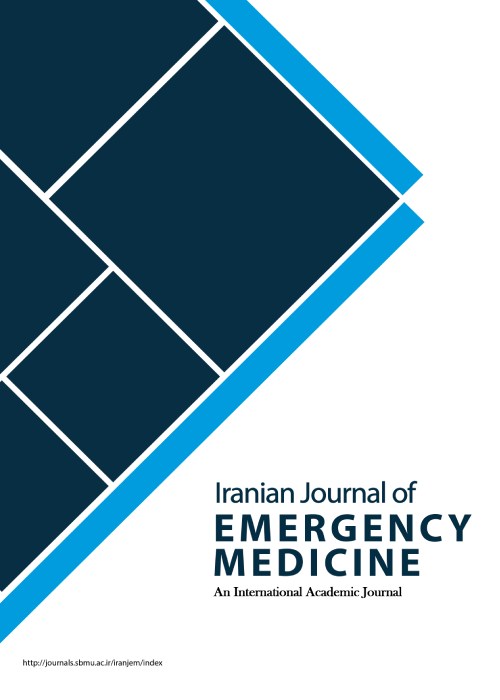Necessary Care When Facing Patients with Suspected Rabies in Emergency Department
Author(s):
Abstract:
Rabies is one of the most ancient and dangerous diseases that have been introduced in medical texts. This disease has been reported in more than 150 countries around the world except for the South Pole. According to a report by world health organization (WHO) in 2015 about 99% of rabies cases are due to being bitten by a rabid dog and more than 95% of mortalities in humans following rabies have occurred in Asia followed by Africa. Most cases of human deaths due to rabies occur in India. There is little data available regarding Central Asia and Middle East and more studies are needed. Considering the deadly nature of this disease and noting that only 7 individuals have survived this illness until now as well as Irans geographical location, the importance of paying more attention to this disease is recognized even more. In a case report by Dr. Sadeghi et al. that has been published in Iranian Journal of Emergency Medicine, the furious form of the disease, which is the common type of rabies, has been introduced. In the end, the patient sadly died despite receiving immunoglobulin, being vaccinated after being exposed, and taking necessary treatment measures. What should be noted regarding the mentioned patient in our opinion is evaluating and giving information regarding nursing and burial process of the victim. Theoretically, the disease can be transmitted form one human to another in case of saliva and other secretions of the patient coming into contact with mucosa or open wounds of another, yet a definite and proved case of this has not been reported yet. Considering this point, people who take care of patients with suspected rabies should be vaccinated against the disease. Therefore, educating and training a special medical group for taking care of these patients like influenza and viral hemorrhagic fevers and etc seems necessary. Additionally, exposed individuals should use mask, gloves, gown and glasses throughout the time of exposure. Moreover, considering the deadly nature of the disease, all the individuals exposed to the mucosa, saliva, or other mouth secretions of the rabies patient should receive a complete set of vaccine after exposure if they have not been vaccinated before; especially if they have an open wound or cracks in their hand and foot. The corpse of the patient dying from rabies should not be buried conventionally. The corpse should be disinfected and then wrapped in a thick impenetrable piece of nylon after spraying disinfectant powder and then sanitarily buried as a package. Therefore, if a patient dies of rabies, in addition to taking the aforementioned measures, it is suggested to inform the authorities of cemeteries regarding the burial of these victims.
Language:
Persian
Published:
Iranian Journal of Emergency medicine, Volume:4 Issue: 2, 2017
Pages:
44 to 45
magiran.com/p1672812
دانلود و مطالعه متن این مقاله با یکی از روشهای زیر امکان پذیر است:
اشتراک شخصی
با عضویت و پرداخت آنلاین حق اشتراک یکساله به مبلغ 1,390,000ريال میتوانید 70 عنوان مطلب دانلود کنید!
اشتراک سازمانی
به کتابخانه دانشگاه یا محل کار خود پیشنهاد کنید تا اشتراک سازمانی این پایگاه را برای دسترسی نامحدود همه کاربران به متن مطالب تهیه نمایند!
توجه!
- حق عضویت دریافتی صرف حمایت از نشریات عضو و نگهداری، تکمیل و توسعه مگیران میشود.
- پرداخت حق اشتراک و دانلود مقالات اجازه بازنشر آن در سایر رسانههای چاپی و دیجیتال را به کاربر نمیدهد.
In order to view content subscription is required
Personal subscription
Subscribe magiran.com for 70 € euros via PayPal and download 70 articles during a year.
Organization subscription
Please contact us to subscribe your university or library for unlimited access!


